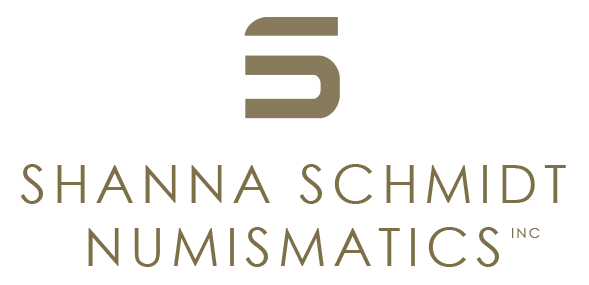Thrace, Satrap under Lysimachus. Skotussa I, c. 285/81 - 273/2 BC
Thrace, Satrap under Lysimachus. Skotussa I, c. 285/81 - 273/2 BC
AR Tetradrachm, 16.48g (30mm, 2h).
Alexander as Herakles with the horn of Ammon / Athena seated l. on throne with legend around. and name of Skotussa below.
Pedigree: Ex R. Sussmeyer and E. Y. Hindamian Collections; ex Jean Elsen & ses Fils 105, Brüssel 2010, lot 53 and Auction 30, Brüssel 1993, Lot 61; ex Gerhard Hirsch, 26. June 1956, Lot 156; ex Ciani-Vinchon 6, Feb 1956, Lot 389
References: SNG Cop. 1171; Peter, Dynasten p. 118; Fischer-Bossert, RBN 151 17d (this coin)
Grade: Slight obv double strike. Some spots of horn silver. Old scratches overall covered by toning. Wonderful strike and good pedigree. Toned EF
gk1863
Scroll down for more information about this coin.
A shadowy historical figure, Skostokos I is known only via numismatic evidence. He is considered as a satrap of Lysimachus due to the fact that his silver coins mirror the King’s earlier tetradrachmai. These coins were most likely, according to Youroukova and Mørkholm, struck immediately after Lysimachus’s death. Skostokos is thought to have declared his independent rule over the area surrounding Kabyle, what is today eastern central Bulgaria. That being said, while a number of his bronze coins were found near Kabyle, silver coins of this type have reportedly been found as far south as Sestos. That coupled with the herm control mark under Athena’s throne led Youroukova to speculate as to the existence of a mint at Ainos. W. Fischer-Bossert disagrees however. He speculates that the mint was actually located in the upper Hebros Valley north of the Rhodope closer to Kabyle.

